How India and Pakistan are preparing for the next conflict
Despite unease over nuclear risks, both sides are replenishing arsenals from abroad and exploring ‘unused technologies’ to gain an advantage
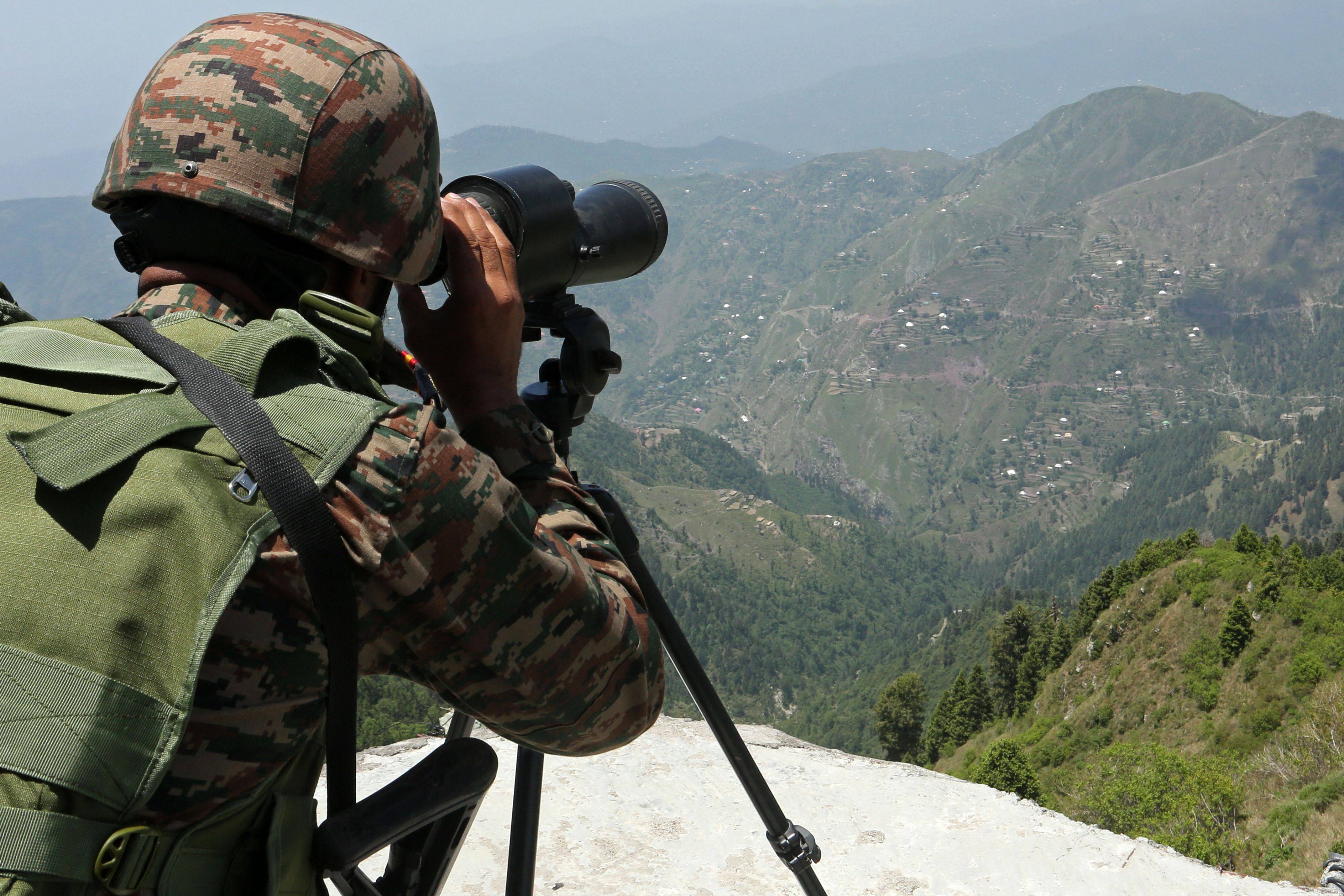
Along the border separating India from Pakistan, the aftermath of five days of aerial combat hangs in the air, thick with uncertainty. The conflict’s true legacy may be a dangerous new normal, analysts say – one where escalation is only ever a provocation away.
New Delhi maintains that Operation Sindoor – launched in response to a deadly terrorist attack in disputed Kashmir in April that it blamed on Islamabad – is far from concluded, hinting at the possibility of further punitive actions.
Pakistan, meanwhile, has promoted its army chief of staff, Asim Munir, to field marshal for what it regards as a successful defence of the nation between May 7 and 11.
Officials in Islamabad insist the country stands ready for renewed clashes, but caution that any escalation risks plunging both nations into a nuclear-armed stand-off. Indian Prime Minister Narendra Modi has vowed not to succumb to what he calls Pakistan’s “nuclear blackmail”.
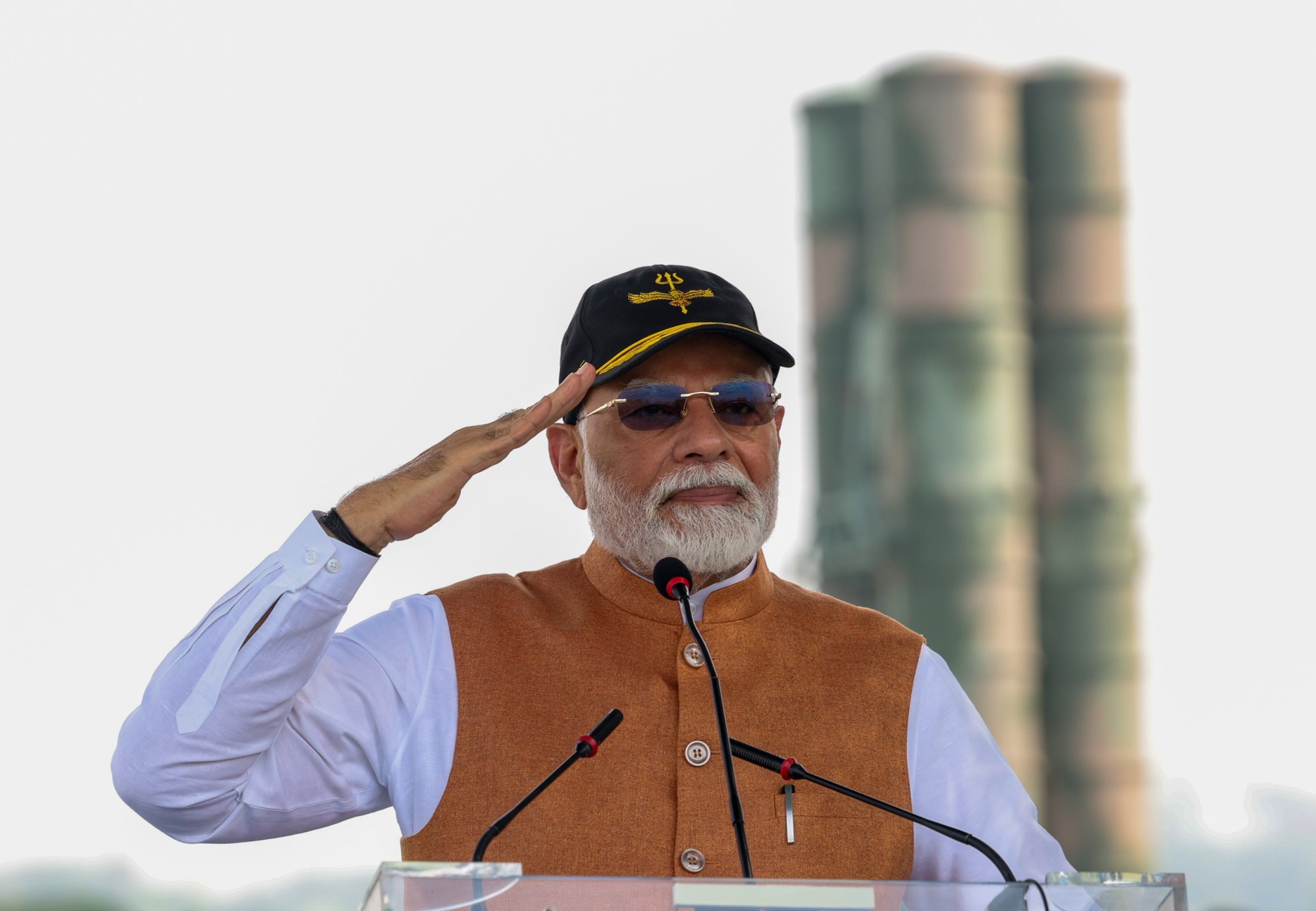
Any future confrontation could unfold in myriad ways, analysts say, shaped by the evolving strengths and vulnerabilities of both militaries.
Conventional army and naval forces “did not play prominent roles” in this month’s conflict, Joshua White, a former senior White House adviser on South Asian security affairs, told This Week in Asia.
While “there was good reason for this”, he said a future crisis might see “an expanded front with additional ground or naval forces engaged”.
White said he would not be surprised to see “even more aggressive targeting of air defence systems, which would build upon the probing attacks that were conducted by each side”.
India and Pakistan “escalated beyond logic due to the nature of the conflict”, said military analyst Boyko Nikolov, noting that there were border clashes and targeted strikes, but no territorial invasion.
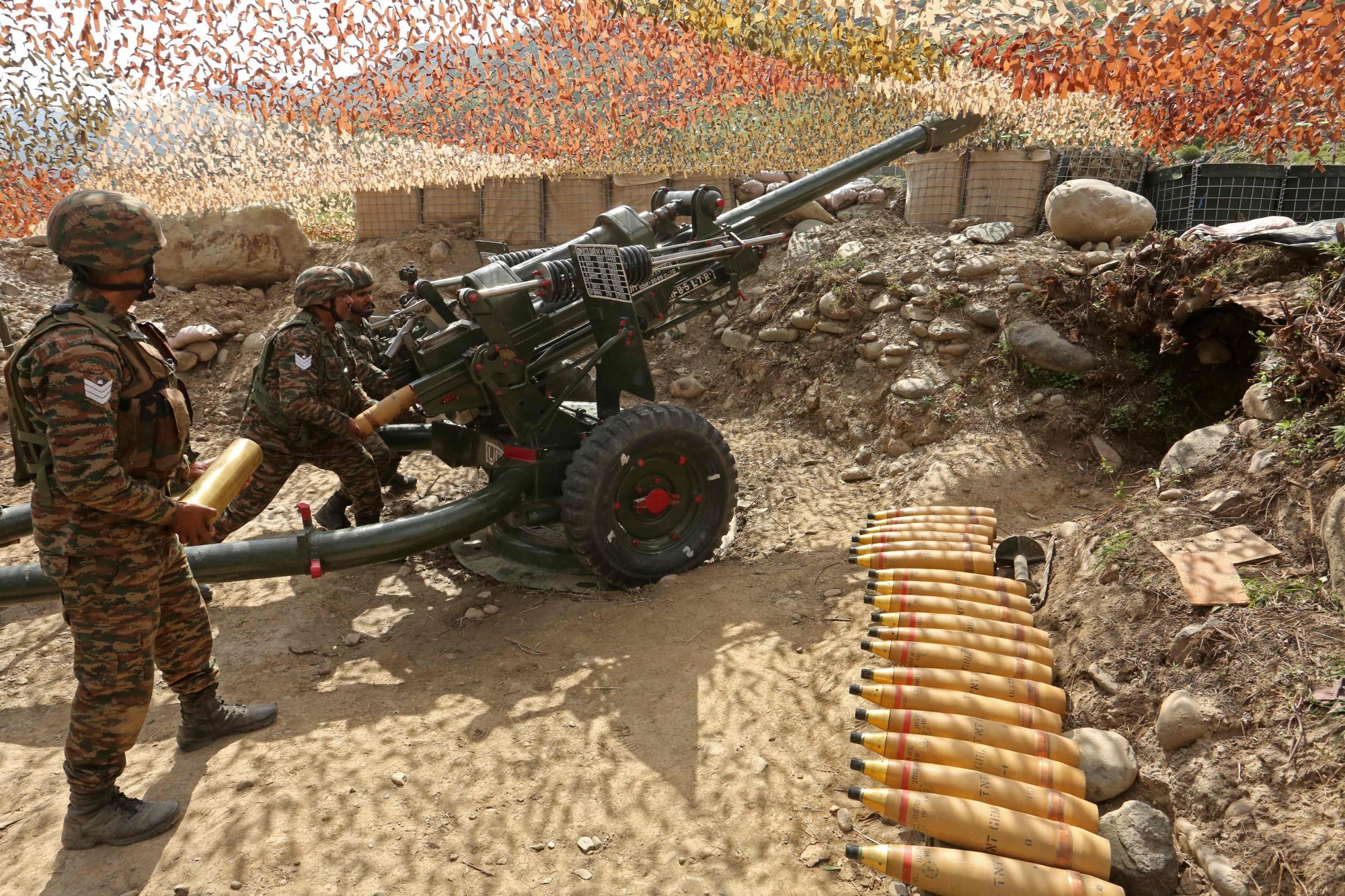
“To build on its success in destroying terrorist bases, India will likely deploy swarm drones, possibly some with artificial intelligence, for coordinated, low-risk strikes on hidden targets in Pakistan-controlled Kashmir, reducing reliance on piloted aircraft after the loss of several [planes], including likely a [French] Rafale,” said Nikolov, editor-in-chief of Bulgarianmilitary.com, a defence analysis platform.
“To counter India’s technological advantage”, Pakistan was likely to respond with hybrid tactics. Rather than large-scale air sorties, Islamabad “may deploy cheap, armed drones for attacks on Indian border posts, combined with support for militants in Kashmir equipped with portable air-defence systems to counter Indian drones”, he said.
Both countries will inevitably turn to their principal foreign arms suppliers – the US, France and Russia for India; China for Pakistan – to replenish arsenals and upgrade their offensive and defensive capabilities, analysts say.
“They will stock up on weapons and go on a shopping spree to be ready for the next round,” said Abdul Basit, a senior associate fellow of Singapore’s S. Rajaratnam School of International Studies, who predicted “aggressive” purchases of drones, beyond-visual-range missiles, and enhancements to air defences, jamming and spoofing capabilities.
Both will also bring to the fore unused technologies and weapons in the next roundAbdul Basit, security analyst
“Both will also bring to the fore unused technologies and weapons in the next round to surprise and outmanoeuvre each other,” Basit said.
Despite global unease about the nuclear risks, Nikolov argued India “will have a clear advantage in rearmament” in the short term, “thanks to its strategic partnerships with the US and France” – though conflicts elsewhere “will limit the scale of support”.
The United States, “driven by an interest in weakening Chinese influence in South Asia”, was likely to expedite the delivery of precision-guided munitions for Rafale aircraft and MQ-9B drones, “as these do not require long production cycles”, he said.
France, meanwhile, might accelerate air-to-ground missile deliveries, such as those for the Rafale, “within weeks, using existing stockpiles”, Nikolov said – reflecting its intent to deepen defence ties with India.
Pakistan, which is almost entirely reliant on China, “will be at a disadvantage, as Beijing will act cautiously amid its own priorities”. Nikolov said he expected China to supply “only small batches” of drones and munitions for J-10C aircraft, “to avoid an escalation that would destabilise the region”.
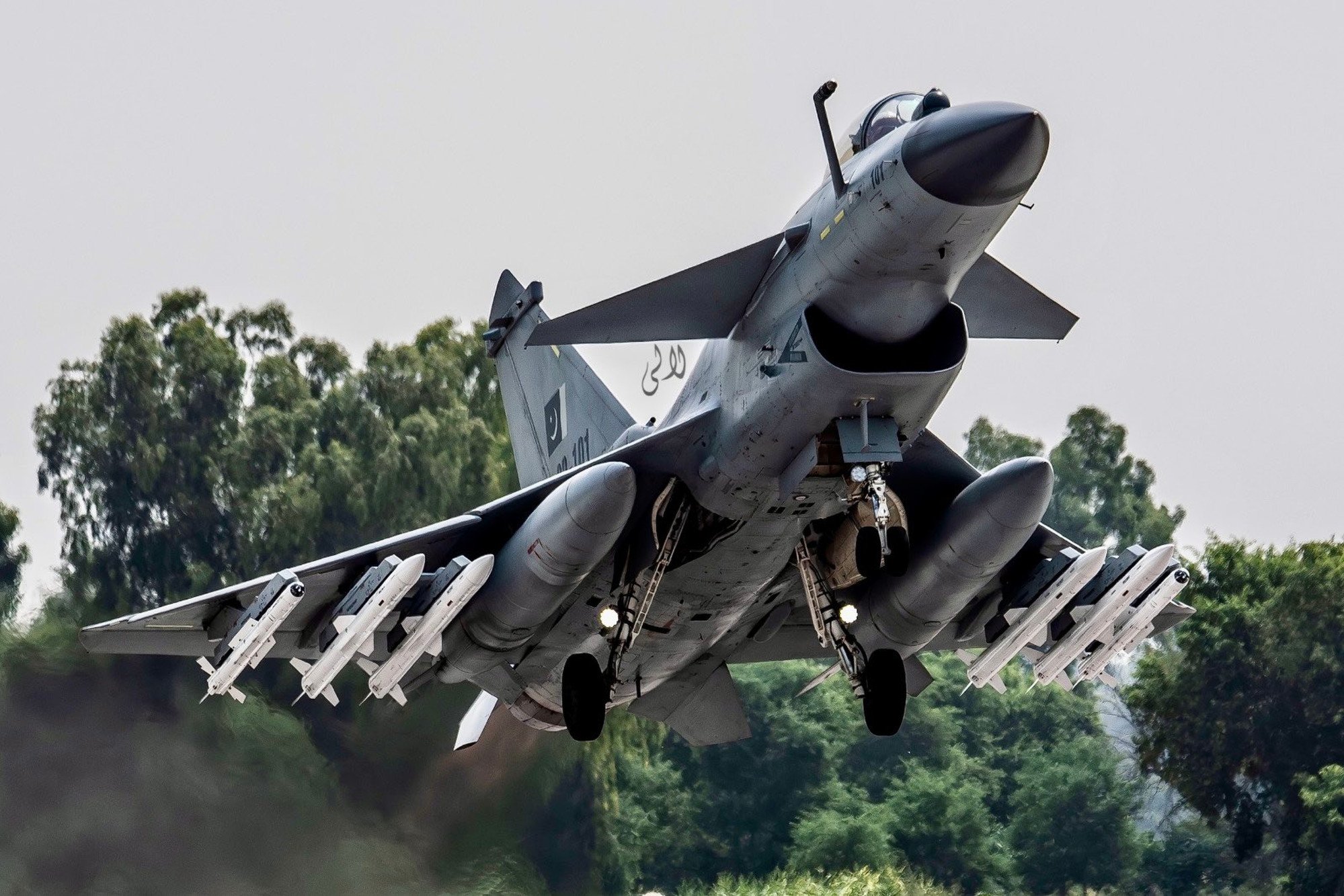
Chinese vs Western arms
The success of Pakistan’s JF-17 and J-10C warplanes – respectively co-developed with and acquired from China – against India’s French Rafale and Mirage fighters and Russian Sukhoi-30s has challenged perceptions of Nato-standard weaponry’s technical supremacy. The reported combat loss of at least one 4.5-generation Rafale, shot down by previously unproven Chinese aircraft armed with PL-15 beyond-visual-range missiles, upended long-held assumptions.
Set against the backdrop of intensifying competition between China and the West, India and Pakistan’s 77-year-old enmity is being drawn deeper into the global contest for technological and strategic dominance, analysts say, as both nations seek fifth-generation stealth fighters – further eroding their strategic autonomy.
Pakistan is poised to become the first export customer for China’s J-35 stealth jet, with its air force pilots already undergoing training on the aircraft since last year. The South Asian nation has simultaneously partnered with Turkey to co-develop and produce the Kaan fifth-generation fighter within the next decade.
“Pakistan has found China to be a reliable supplier of defence equipment, and it benefits from securing privileged access to relatively advanced Chinese platforms,” said White, who is now an international-affairs professor at the Johns Hopkins University School of Advanced International Studies. The acquisition of J-35 fighters “will provide it with notable advantages over Indian fighter aircraft, including a low-observable radar signature and presumably also advanced avionics”, he said.
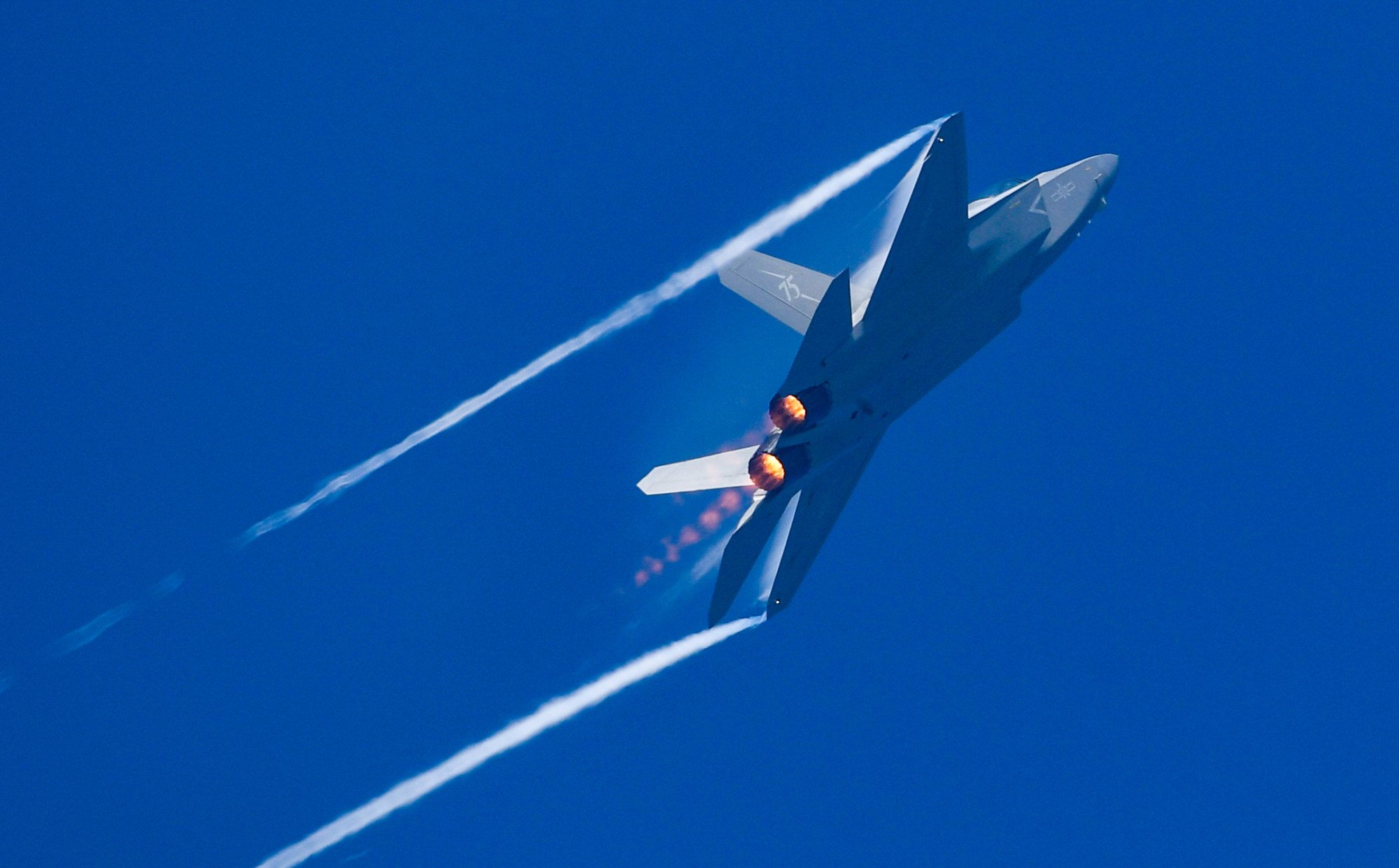
To keep pace, analysts suggest India must either accelerate acquisition of equivalent F-35 or Su-57 jets or wait until its indigenous AMCA fifth-generation fighter comes to fruition – a risky bet, given the delayed development of the Tejas lightweight fighter compared to Pakistan’s JF-17.
Should India seek the proven American F-35, it was likely to be “entering into a deliberate and drawn-out process, and it may find it has to accept some measure of end-use monitoring of the equipment”, White said.
Alternatively, opting for Russian Su-57s would mean choosing an unproven, less advanced platform – one that “might limit the prospects of deeper US-India defence collaboration on cutting-edge technologies in the future”, he cautioned.
India would presumably continue investing in its own fighter projects, such as Tejas Mark II and the AMCA, “but these are proceeding quite slowly, and India is nowhere near being able to field a low-observable fifth-generation fighter”, White said.
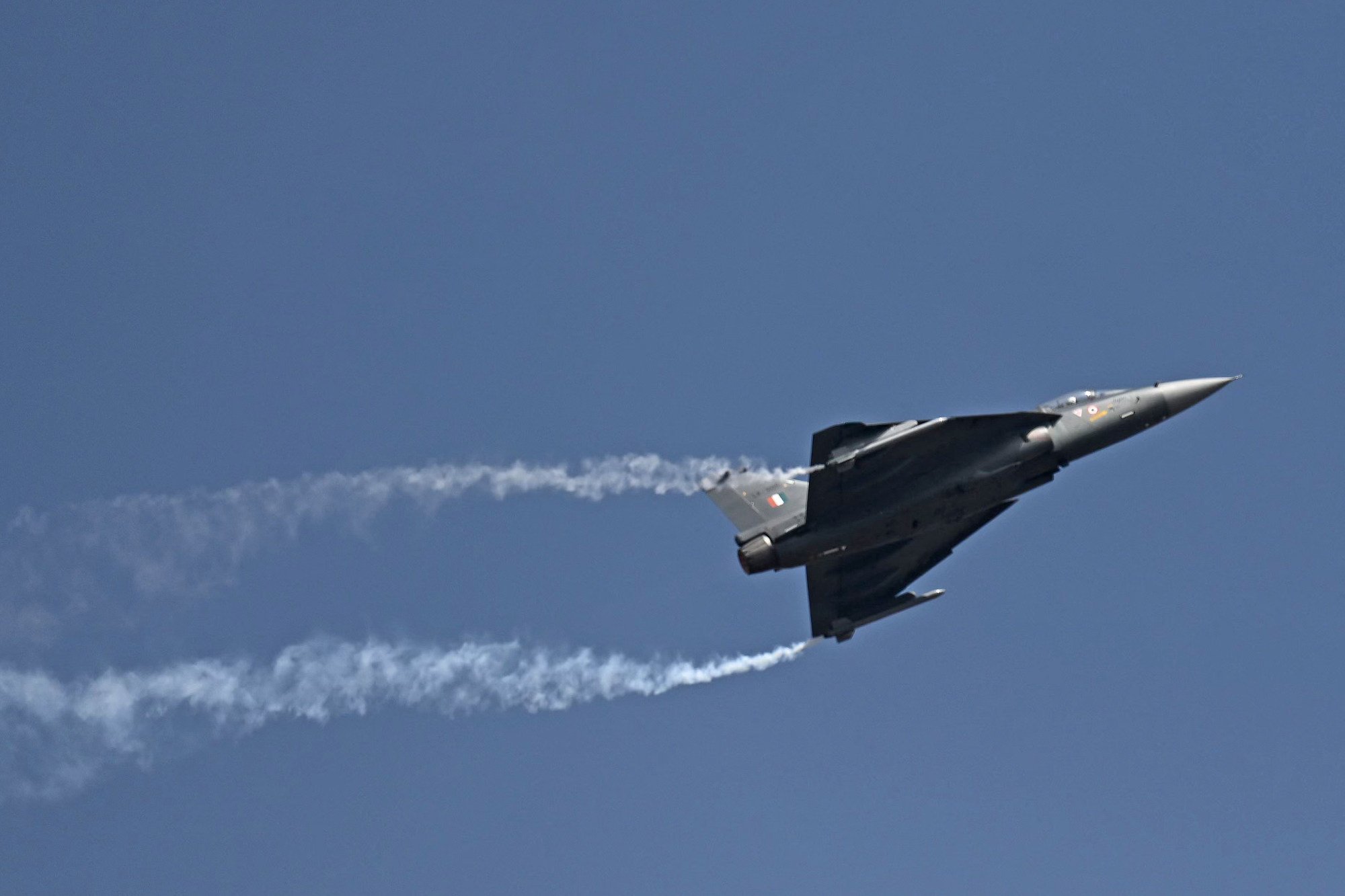
This strategic lag affords the US and China an opportunity to calibrate their support to India and Pakistan, analysts say.
“These powers, as much as they would want to sell their weapon systems and technologies, will not wish these two nuclear powers to regularly fight each other,” Basit said. “It is a recipe for instability.”
Washington “wants India to stop bothering about Pakistan and focus on China’s containment”, he said.
For its part, Beijing “will also be keen to keep the South Asian theatre quiet, as it will be in a tough spot to maintain its partnership with Pakistan without alienating India too much”, Basit said.
China “cannot afford Delhi drifting too much into Washington’s orbit due to India-Pakistan conflict, which will stoke its fears of a two-front war with Pakistan and China”, he added.